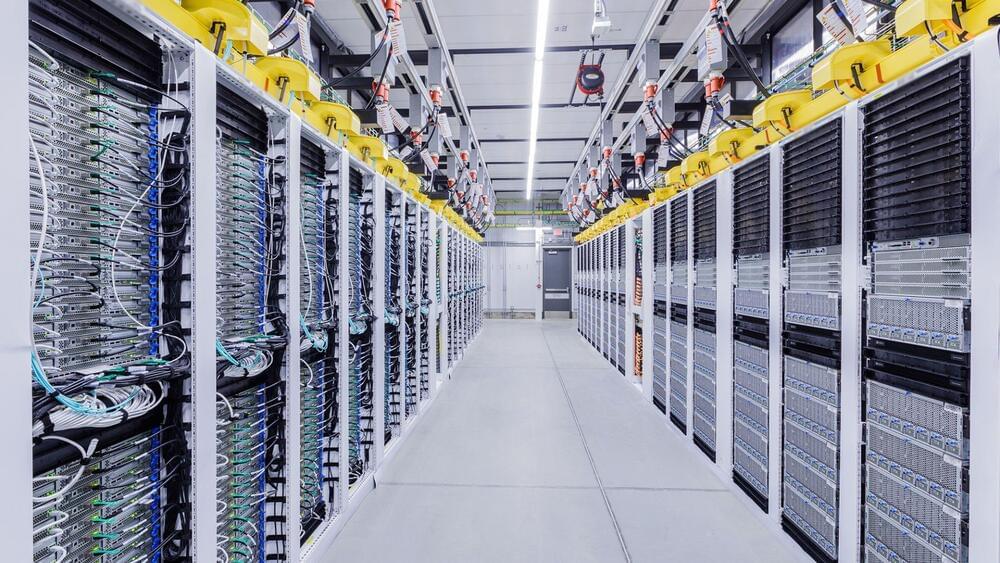OpenAI has released a powerful new image-and text-understanding AI model, GPT-4, that the company calls “the latest milestone in its effort in scaling up deep learning.”
GPT-4 is available today to OpenAI’s paying users via ChatGPT Plus (with a usage cap), and developers can sign up on a waitlist to access the API.
Pricing is $0.03 per 1,000 “prompt” tokens (about 750 words) and $0.06 per 1,000 “completion” tokens (again, about 750 words). Tokens represent raw text; for example, the word “fantastic” would be split into the tokens “fan,” “tas” and “tic.” Prompt tokens are the parts of words fed into GPT-4 while completion tokens are the content generated by GPT-4.








